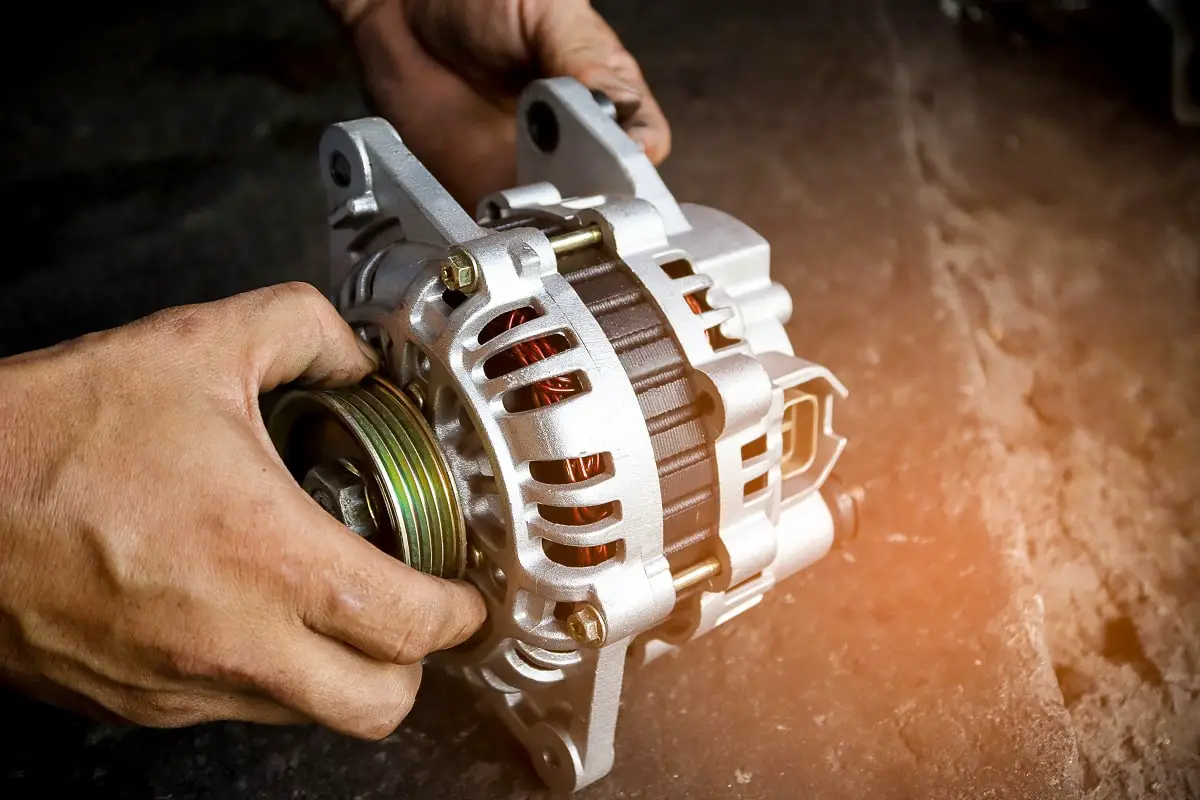
Rechargd.com is reader supported. We may collect a share of sales or other compensation from the links on this page. As an Amazon Associate, we earn from qualifying purchases.
As a keen amateur mechanic, I know the first thing to check after the battery if your ICE-powered car won’t start is the alternator. I guess if you’re in an EV you might think of doing the same thing.
Electric cars don’t have alternators because they already have plenty of electrical energy sitting in the car power pack. Alternators are largely used for converting waste rotational energy to electrical energy, and electric cars don’t have much waste rotational energy to utilize.
What Is An Alternator?

An alternator is a piece of equipment that converts mechanical energy into electrical energy. In cars, it converts the engine’s rotational energy into electrical energy. It is essentially a wire coil contained within a stationary magnetic housing.
In essence, it comprises the same components as an electrical motor. However, an electrical motor takes electrical energy and converts it into mechanical energy by creating an electromagnetic field within the coil positioned inside a magnet.
The electromagnetic field created between the electrified coil and the surrounding magnet causes the coil to rotate to produce rotational or mechanical energy.
In an alternator, the same principle is applied but in reverse. The rotation of the engine rotates the electrical coil to produce an electromagnetic field. This produces electricity at the output of the alternator which can be used.
In an ICE, the AC electrical energy produced by the alternator is converted to DC via a diode bridge. This is necessary for running the car’s electrical system which uses DC rather than AC.
Any additional electrical energy needed by the car is pulled from the 12V battery which is continually charged by the alternator whenever the engine is running.
Why Do Cars Have Them?

Alternators are used in ICEs to provide a source of electricity above and beyond that supplied by the 12V lead-acid battery. Without an alternator, the 12V battery would need to be charged manually.
As well as powering the car starter motor, a car alternator ensures that other electrical components such as electric windows and lights have adequate power.
The alternator makes sure that the 12V battery is charged when the car engine is running, and also stabilizes the electricity supply from the battery to ancillary functions.
Why Don’t EVs Have Alternators?
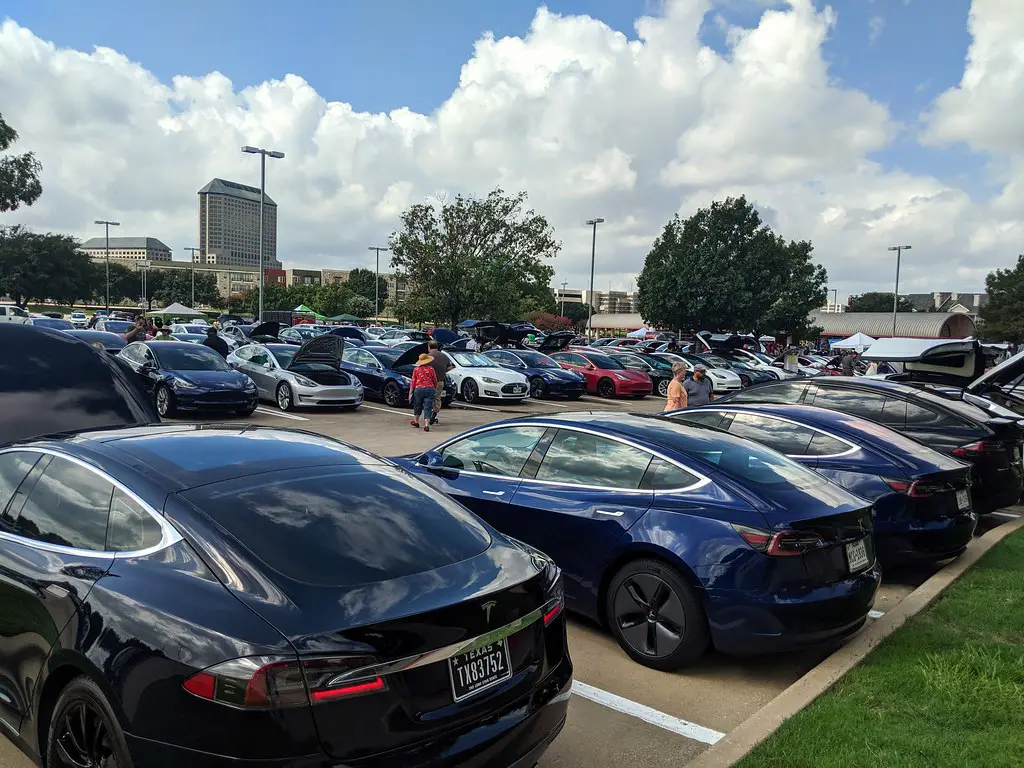
Actually, EVs do have alternators, but they are not used for the same function as in an ICE. Using an alternator in an EV in the same way as an ICE would make no engineering sense. Alternators do not create energy.
They are simply devices for converting energy from one form to another (mechanical to electrical).
In an ICE, this is essential. ICEs have only chemical energy in the form of fuel onboard and the bit of power provided by the 12V battery.
The alternator provides a ready source of electrical energy in the form needed. EVs have plenty of electrical power sitting in the car power pack, so no alternator is needed.
Energy conversion processes almost exclusively entail losses of energy somewhere along the line. They can be thought of as a financial transaction, where a financial transaction has associated transaction costs beyond the simple transfer of money.

The conversion of mechanical energy to electrical energy through the use of an alternator has such energy losses associated with it. A typical alternator loses 40-45% of the mechanical energy put into it and higher specification versions 25-30%. This energy is lost through heat, noise, and vibrations.
Using an alternator anywhere on an EV would therefore involve unnecessary inefficiencies and added weight. You would be using electricity to create motion to produce electricity. This would be a very inefficient way of doing things.
But You Said EVs Have Alternators?
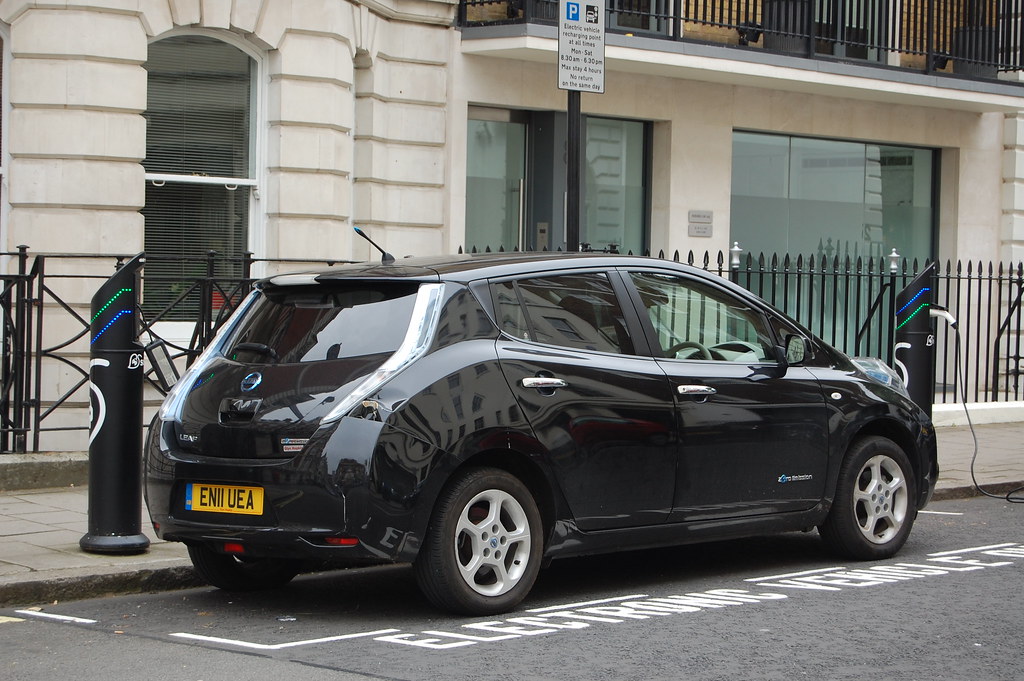
In an ICE, there is a great deal of rotational energy going on which isn’t used by the wheels. An alternator is therefore an ideal way to harvest waste rotational energy and create electricity for the car.
The only part of an EV with wasted rotational energy is at the wheels when the car is slowing down. EV engineers were aware of this from early on and therefore introduced regenerative braking.
These braking systems harvest waste rotational energy at the wheels during deceleration and convert it back to electrical energy which can be sent back to the battery. This reduces the motor energy demands on the power pack to increase car range and is done so using the drive wheel motor.
To enable regenerative braking, the drive wheel motors in an EV are able to rotate in two directions. When driving normally, the motor rotates forward to move the wheels forward. When your foot moves from the accelerator to the brake, the drive wheel motor spins in the opposite direction.
As well as helping to slow the car, this creates electricity which is sent back to the battery for a bit of charge. As mentioned previously, an alternator is simply a motor working “backwards” so to speak to create electricity from rotational energy rather than the other way around.
In this sense, the drive wheel motor acts as an alternator when regenerative braking is applied. However, an EV motor is multiple times larger than a classic car alternator.
Regenerative braking is only activated when the car is slowing. Otherwise, the car would slow down when you wanted it to speed up.
The amount of regenerative braking varies on each EV model, and you can usually adjust it depending on driving conditions. In Tesla, regenerative braking is quite light to achieve the most forward motion as possible.
What About Power Conversions?
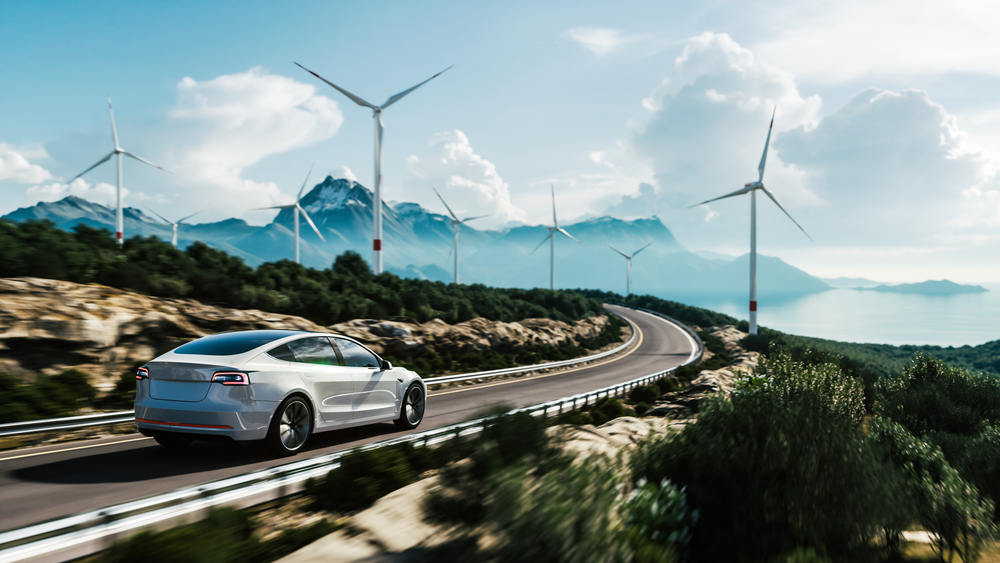
An alternator could be used in an EV to convert electrical power from one voltage to another, or from one current to another. This is another application of alternators. However, other devices such as DC-DC converters can do the same job with higher efficiency and less weight.
These converters are used in EVs for exactly this purpose. They reduce the voltage from the power pack to ensure that ancillary equipment such as heating and lighting are not damaged by excessive power. In addition, the 12V battery in an EV still needs charging.
This is also done with a DC-DC convertor, as the voltage directly from the power pack would otherwise be too high.
DC-DC converters have a number of advantages over alternators as a means of converting voltage. They are more adaptable, more compact, more reliable, and have a longer lifespan. They are also far more efficient than an alternator for converting voltages.
Can You Put An Alternator In An EV?
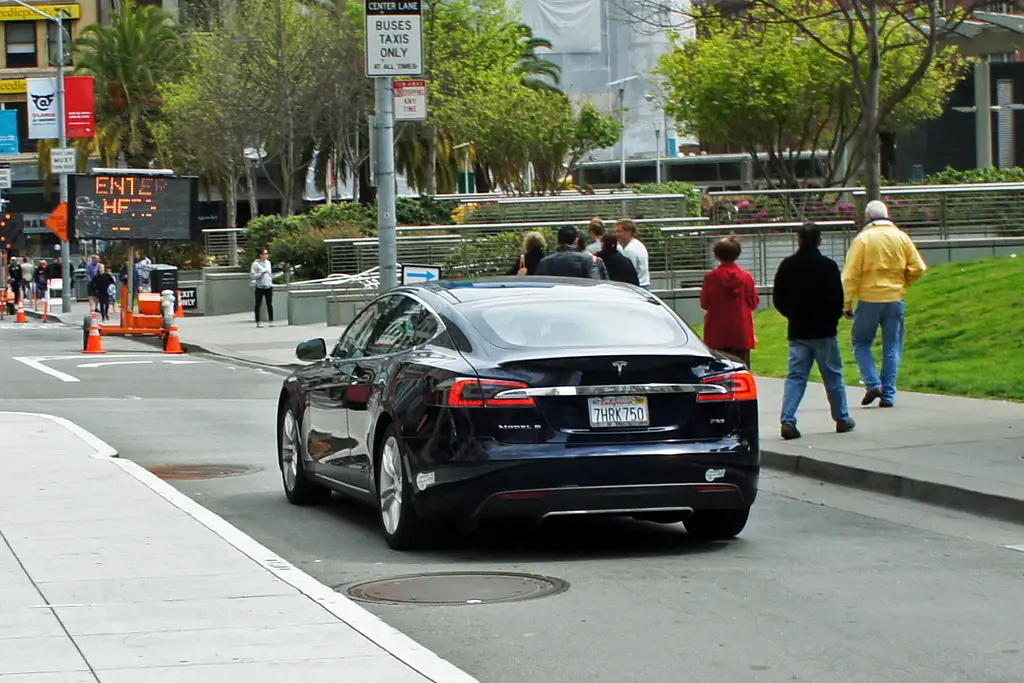
There isn’t really any practical application for an alternator in an EV. An alternator relies on either rotational energy or electrical energy to produce electricity. But in doing so it introduces some of the highest energy inefficiencies of any vehicle component.
The only rotational energy in an EV is at the axle, and all of this energy is needed to move the car forward. Using any of this rotational energy to run an alternator would slow the car down and introduce considerable energy inefficiencies.
Also, an EV has plenty of electrical energy readily available from the battery, making an alternator defunct. Any changes in voltage needed from the battery can be achieved using a DC-DC convertor.
Do Hybrid Vehicles Have Alternators?
A hybrid vehicle has a small electric battery which can be used when the use of the ICE is inefficient, such as when the car is sitting at traffic lights or pulling away. A traditional hybrid vehicle charges this battery from the engine.
Plug-in vehicles can charge this battery from the fuel engine or from the mains. In either case, the charging of the battery from the engine is done via the same technology as that of an alternator.
However, some hybrids use the drive wheel electric motor in reverse as an alternator to charge the battery pack. As in EVs, most hybrid vehicles make use of the drive wheel motor in the reverse direction during braking to charge the battery pack through regenerative.
Can EVs Charge Themselves?
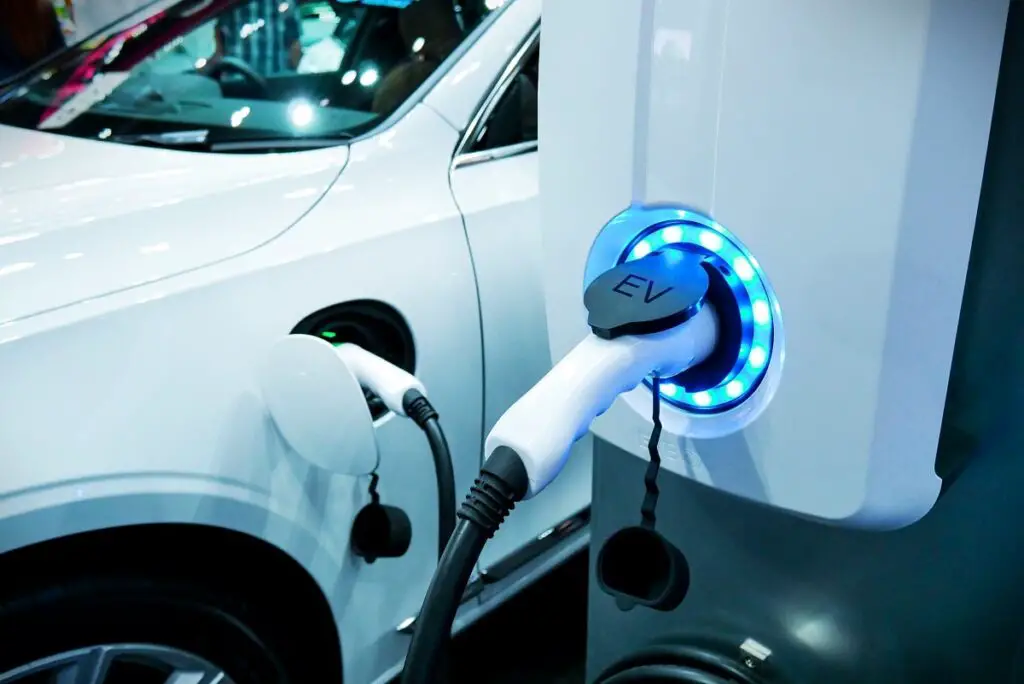
Yes, there are methods for building an EV that charges itself whilst driving. However, the electricity produced to charge a second battery would be less than the electricity used from the primary battery. It would make no energetic sense and therefore isn’t something that is used.
I’ve seen people put on an alternator on an EV
Amateur mechanics have put alternators on various vehicle axles including those of EVs. These will harvest energy and produce electricity.
However, the use of an alternator in this way will create friction at the axle and increase the load on the EV battery. Given the inefficiencies of an alternator, this results in a net loss of electrical energy and isn’t something you will ever see on commercial EVs.
